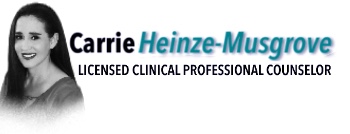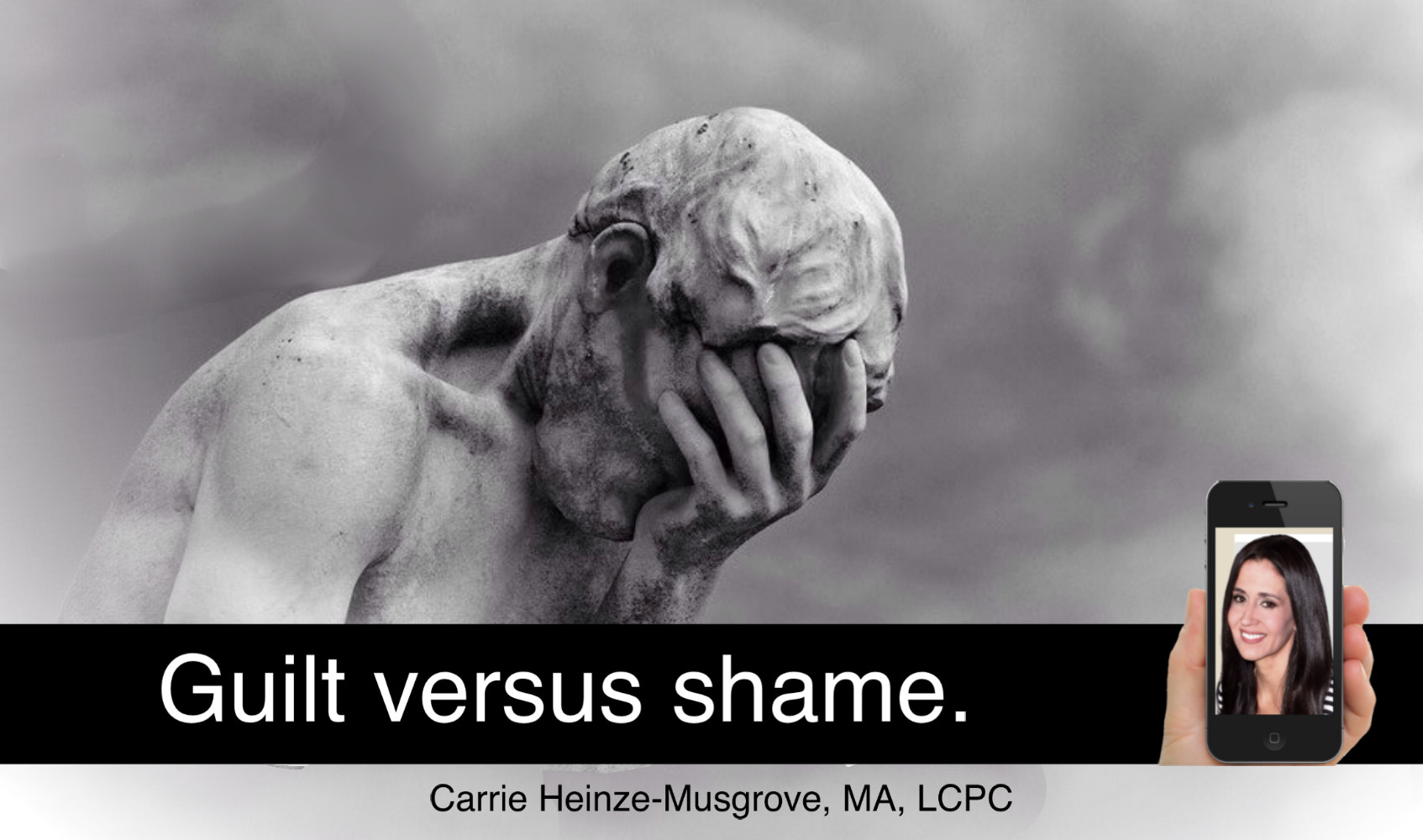Many people use the words shame and guilt interchangeably. Although they are closely related, there is a distinct difference from a psychological perspective.
Shame is entirely about one’s self, and involves not living up to one’s own expectations, standards or values. Being ashamed leaves you feeling exposed, humiliated and “less than” what you want to be. Shame is about making you or someone else feel unworthy, inferior or less than. Shame is meant to hurt.
On the other hand, guilt involves another person or people. It is a response to feeling hurt, disappointment or letting others down in some important way. Guilty feelings are most often associated with accountability. Some guilt can be good for you. If your behavior was bad, you can work on changing the behavior. It doesn’t reflect negatively on you as a whole. Guilt is something you can control. You can change your behavior going forward, even if you can’t go back and fix what you did.
Whereas guilt says, “I did a bad thing.” Shame says, “I am bad.” Guilt is about your behavior. Shame is about you as a person. Guilt says, “I did something wrong.” Shame says, “I am wrong.” Guilt is feeling bad about what you do. Shame is feeling bad about who you are. Guilt is feeling bad about your behavior, and shame is feeling bad about yourself.
So what do you do if you have high levels of shame?
Whether shame is self-induced or a result of someone else’s actions, therapy is a place to address what triggers your shame. People with a history of abuse, victimization or harassment often feel high levels of shame. In addition, normal problems such as job loss, infidelity, divorce or even problematic children can cause someone to struggle with intense feelings of shame.
Overpowering shame can affect every area of your life. Getting help for those feelings can provide freedom from shame. Therapists help people accept responsibility for their actions and put their shame and guilt into perspective.
Carrie






